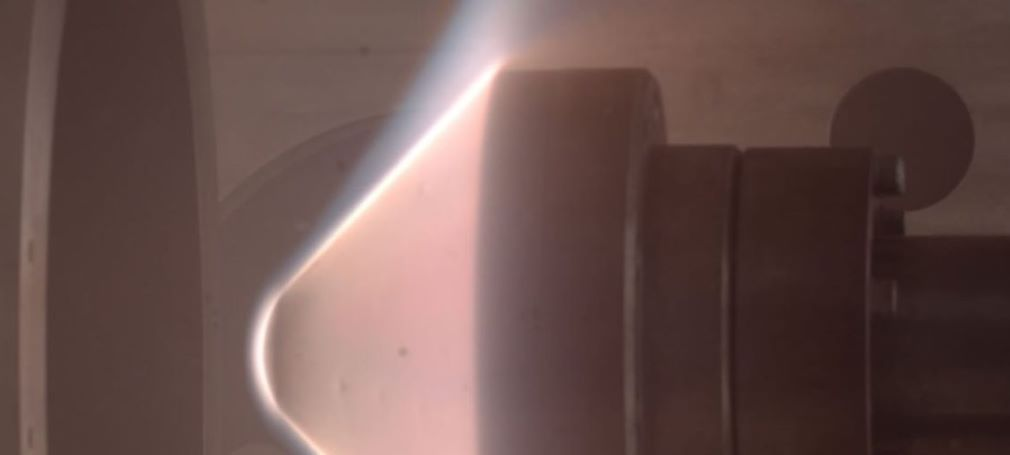Speaker
Description
ESTHER is a two stage shock-tube. It comprises a \SI{1.6}{\metre} length and \SI{200}{\milli\metre} diameter combustion driver where He/\ce{H2}/\ce{O2} and \ce{N2}/\ce{H2}/\ce{O2} mixtures are injected by an automated gas filling system at initial pressures up to \SI{100}{\bar}. These mixtures are ignited through a Nd:Yag laser shooting on the back plate through a thick sapphire window, reaching final pressures up to \SI{600}{\bar} for typical deflagrations (subsonic combustion). Occasionally, detonations (supersonic combustion) may occur, leading to higher transient pressures (up to \SI{2.4}{\kilo\bar} reflected pressures). The combustion chamber is designed accounting for such maximum pressure requirements. It is manufactured from low carbon super-duplex steel which has high mechanical strength and is tolerant for \ce{H2} presence because of minimized adsorption.
An intermediary compression tube is connected to the combustion chamber through a diaphragm designed to burst at a predetermined pressure. The compression tube is filled with He gas at pressures of about 0.01-\SI{1}{\bar}. The shock-wave propagates in this section leading to transient reflected pressures of \SI{70}{\bar}. The tube end sections are made in super-duplex stainless steel, while the middle sections are made in duplex stainless steel, which also has a low rate of Carbon, limiting adsorption. The compression tube section has an internal diameter of \SI{130}{\milli\metre}, and a length of about \SI{6.5}{\metre}.
The compression tube is connected to the shock-tube test section through a second diaphragm designed to burst at a predetermined pressure. The shock-tube is filled with a test gas at pressures of about 0.1 mbar. The shock-wave propagates in this section at velocities that can exceed \SI{10}{\kilo\metre\per\second}, leading to transient reflected pressures of no more than \SI{20}{\bar}. The tube is manufactured in duplex stainless steel. The shock-tube section has an internal diameter of \SI{80}{\milli\metre}, and a length of about \SI{5.9}{\metre}. Pressure sensor stations are located at different stages of the shock-tube, detecting the rise of pressure in the wake of the shock-wave. This allows for developing a triggering system initiating high-speed (10--100MHz rated), time-dependent spectroscopic measurements at the test-section windows (\SI{25}{\milli\metre} diameter) of the radiation emitted and absorbed in the wake of the shockwave.
A dump tank recovers all the gases flowing in the wake of the shock-wave. The \ce{H2O} liquid phase is drained off, while the remaining contaminated He mixture is evacuated by the pumping system, after which the shock-tube can be opened for cleaning operations and the replacement of the diaphragms.\
This work presents the final test-trials of the facility.
Summary
N/A

